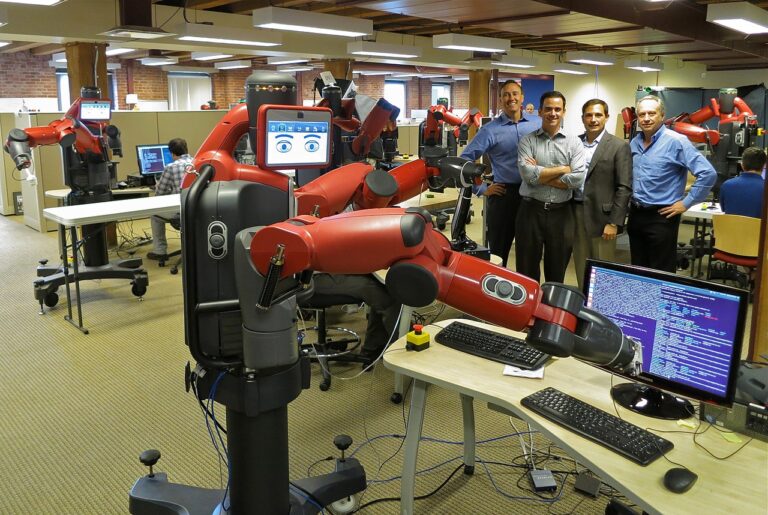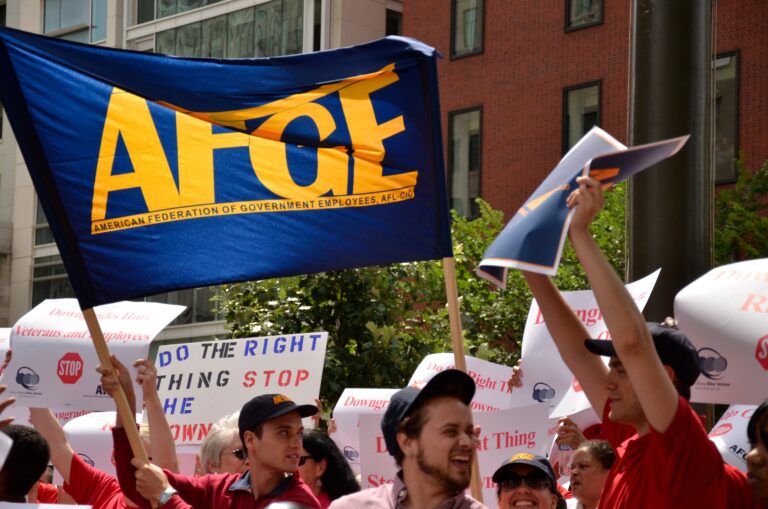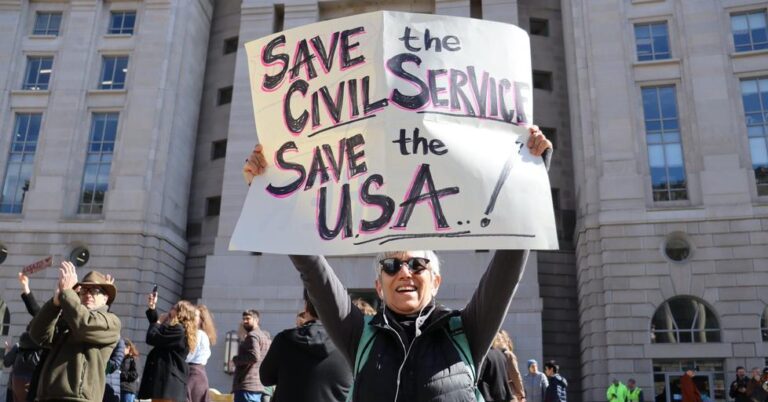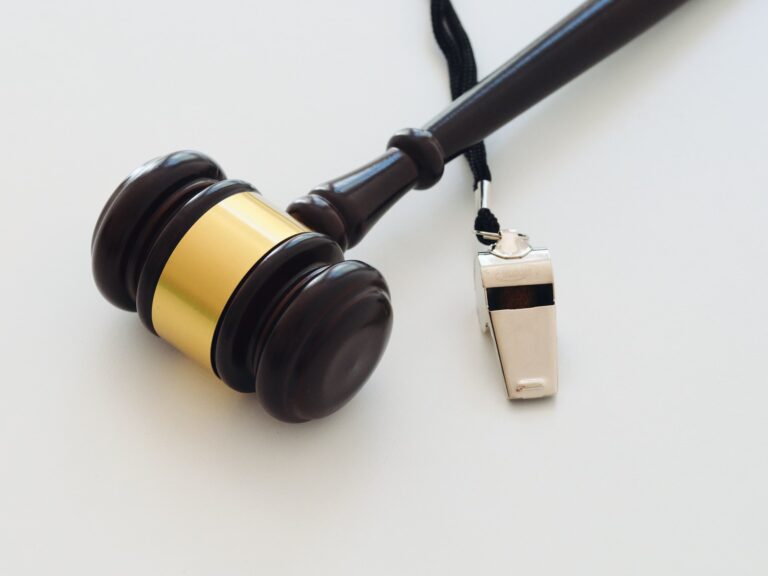
Tascha Shahriari-Parsa is a government lawyer enforcing workers’ rights laws. He clerked on the Supreme Court of California after graduating from Harvard Law School in 2024. His writing on this blog reflects his personal views only.
In today’s news and commentary: the Supreme Court threatens Biden’s climate agenda and other executive branch policymaking in West Virginia v. EPA; the Court denies cert to a state Covid-19 vaccine challenge; most employers do not plan on covering abortion-related travel costs; labor agencies receive budget increases; and Biden’s top labor advisor resigns.
Yesterday, the Court handed down its decision in West Virginia v. EPA, which determined that the EPA exceeded its authority when it issued a rule regulating CO2 emissions through a “generation shifting” system that included cap-and-trade mechanisms. Invoking the “major questions doctrine” in name for the first time, the Court concluded that the EPA needed a clear statement from Congress granting it authority to enact such sweeping regulations—authority which it did not find in the statute. The dissent accused the majority of being “textualist only when being so suits it”: the majority determined that Congress couldn’t have intended to allow the EPA to enact this kind of “system” even though, as it acknowledged, the EPA’s reading of the relevant statutory provision wasn’t a problem “[a]s a matter of definitional possibilities.”
The West Virginia case has two key implications. For one thing, the case jeopardizes President Biden’s promise to cut greenhouse gas emissions in half by the end of the decade. As we know, climate change “doesn’t care about our politics.” And given climate change’s disparate impacts on the working class, the decision is a blow to workers as much as it is to our planet.
Even more broadly, the opinion has serious implications for all areas of regulatory policy, including labor. The “major questions doctrine” and other elements of the court’s reasoning could be used, as a forthcoming piece on this blog will argue in more detail, to strike down decisions by the NLRB and regulations by the DOL, effectively serving as a deregulatory default rule of statutory interpretation. As former EPA official and Georgetown University Law Professor Lisa Heinzerling put it, “it’s almost as if the court needs Congress to make a new law every time a new problem emerges, which is ridiculous and dangerous.”
Meanwhile, the Supreme Court denied cert in a lawsuit challenging New York’s covid vaccine mandate for health-care workers. Along with Maine and Rhode Island, New York’s vaccination requirement for health-care workers does not include a faith-based exception, but does exempt people with medical reasons for not vaccinating. Justice Thomas dissented from the denial of cert, writing that “there remains considerable confusion over whether a mandate, like New York’s, that does not exempt religious conduct can ever be neutral and generally applicable if it exempts secular conduct that similarly frustrates the specific interest that the mandate serves”—with the “secular” exemption in this case being the exemption for medical reasons. According to Thomas, this case was “an obvious vehicle for resolving that conflict.”
A survey released this week showed that most employers do not plan on changing health plans or offerings after the Dobbs decision. Only 24% of employers said they currently offer to cover travel costs for obtaining an abortion. A previous survey in late May also found that a majority of employers did not have plans to change their benefit offerings if abortion was made illegal or restricted in their state. The country’s largest employer, Walmart, is among those that has not planned to help its workers with abortion-related travel costs. The problem is made worse by the fact that, as Sharon wrote a few days ago, states with the least access to such benefits also tend to be those with the lowest union density and also tend to be those that have banned, or are planning to ban, abortion after the Dobbs decision. And, as former Secretary of Labor Robert Reich stated, most of these benefits are going to higher paid workers, while “low-wage, hourly workers are not going to be getting these extra benefits.”
Yesterday, the House Appropriations Committee approved budget proposals for labor agencies: a $15 billion budget for the Department of Labor, $319.4 million for the NLRB, $464.65 million for the EEOC, and $1.4 billion in total set aside for Labor, Health and Human Services, Education, and Related Agencies. For the NLRB, that means an increase of $45 million after receiving the same nominal appropriation of $274 million for nine years in a row—which was a 25% cut in real appropriations since 2010 after taking into account inflation. “This increase will restore the NLRB’s capacity to protect workers’ rights to union representation and collective bargaining,” the Committee budget report stated. Among DOL agencies, OSHA received an increase of $100 million and the Wage and Hour Division one of $61.7 million, after both had complained about inadequate funding.
Seth Harris, President Biden’s leading labor advisor, announced his resignation from the administration yesterday. In a tweet, he wrote: “Today marks the end of my Biden-Harris Administration service, but not my commitment to the President’s agenda, empowering workers and their unions, and fighting for a fairer, more just America.”





Daily News & Commentary
Start your day with our roundup of the latest labor developments. See all
December 7
Philadelphia transit workers indicate that a strike is imminent; a federal judge temporarily blocks State Department layoffs; and Virginia lawmakers consider legislation to repeal the state’s “right to work” law.
December 5
Netflix set to acquire Warner Bros., Gen Z men are the most pro-union generation in history, and lawmakers introduce the “No Robot Bosses Act.”
December 4
Unionized journalists win arbitration concerning AI, Starbucks challenges two NLRB rulings in the Fifth Circuit, and Philadelphia transit workers resume contract negotiations.
December 3
The Trump administration seeks to appeal a federal judge’s order that protects the CBAs of employees within the federal workforce; the U.S. Department of Labor launches an initiative to investigate violations of the H-1B visa program; and a union files a petition to form a bargaining unit for employees at the Met.
December 2
Fourth Circuit rejects broad reading of NLRA’s managerial exception; OPM cancels reduced tuition program for federal employees; Starbucks will pay $39 million for violating New York City’s Fair Workweek law; Mamdani and Sanders join striking baristas outside a Brooklyn Starbucks.
December 1
California farmworkers defend state labor law, cities consider requiring companies to hire delivery drivers, Supreme Court takes FAA last-mile drivers case.